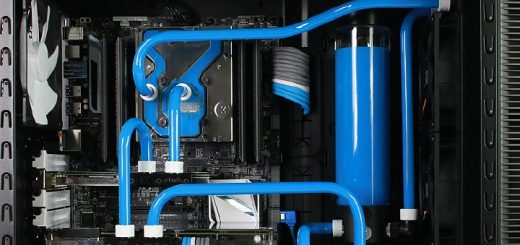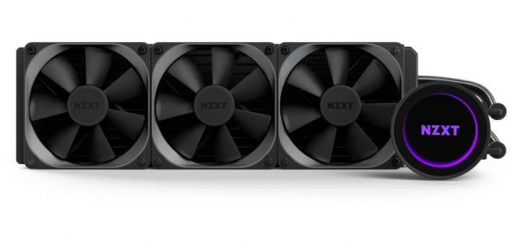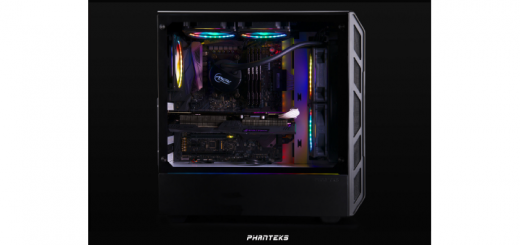AMD has officially announced Ryzen 5000 CPUs based on their Zen 3 architecture. They were introduced in a pre-recorded event streamed on multiple social media platforms. You will be available for purchase starting November 5th.
AMD Ryzen 5000 CPUs Announcement
Lisa Su, the CEO of the company, primarily hosted the event. There were four CPUs introduced by her during the event. A thing to note here is that AMD is naming the new generation of CPUs as 5000 Series and skipping 4000 Series. It may have been done to reduce the confusion between the different nomenclature between its laptops and desktops.
AMD Zen 3 Architecture
AMD’s Ryzen 5000 Series of CPUs make use of Zen 3 architecture. It features various changes and improvements compared to the Zen 2 architecture in Ryzen 3000 Series of processors. They follow a unified 8-core Complex (CCX). AMD has increased the number of cores per CCX to eight from four. The cache is now shared among all the cores. These changes will reduce the processors’ latency, a limitation that was holding its previous generation back.
AMD is touting an IPC increase of 19% over Zen 2, which is significant and, if true, will assist the company in matching or even edging out its competitor’s offerings. AMD has also claimed efficiency performance of up to 20% over its previous generation of processors, which will keep the CPUs’ energy consumption at excellent levels. The single-threaded performance of Zen 3 CPUs is the best in the mainstream market, as per AMD’s claims.
AMD Ryzen 5000 CPU Variants
Lisa Su announced four variants of Ryzen 5000 CPUs. These include – the 6-core Ryzen 5600x, the 8-core Ryzen 5800x, the 12-core Ryzen 5900X, and the 16-core Ryzen 5950X. Unlike last year, AMD did not postpone the announcement of the 16-core CPU to a later date.
Ryzen 5 5600X
Ryzen 5 5600X is going to be one of the most popular CPUs in the upcoming generation. It has 6-cores and 12-threads with a base clock of 3.7GHz and a boost clock of 4.6GHz. The CPU has a 35MB cache and a TDP rating of 65W. AMD has priced the Ryzen 5 5600X at $299 and will become available from November 5th. It is the only CPU out of those announced today that comes with a cooler, the Wraith Stealth.
Ryzen 7 5800X
Ryzen 7 5800X will be a mainstream offering with 8-cores and 16-threads. The base clock for the CPU is 3.8GHz, and the boost clock reaches up to 4.7GHz. It has a 36MB cache with a TDP rating of 105W. Ryzen 7 5800X will cost $449 and will hit store shelves on November 5th.
Ryzen 9 5900X
The Ryzen 9 5900X is the 12-core and 24-thread part. Its base and boost clocks are 3.7GHz and 4.8GHz, respectively. The CPU comes with 70MB of cache and with a TDP rating of 105W. It will cost $549 but will not come with a cooler.
Ryzen 9 5950X
AMD Ryzen 9 5950X is the flagship part with 16-cores and 32-threads. It has a base clock of 3.4GHz and a boost clock of up to 4.9GHz. The latter is the highest in the stack. The CPU has 72MB of cache and will have a TDP rating of 105W. It will cost $799 and will become available with the rest of the lineup.
The prices of these CPUs are $50 higher than the equivalent variants from the Ryzen 3000 Series. The 105W AMD Ryzen 5000 CPUs will not come with a box cooler, and only the 65W models will have a Wraith Stealth model. All of the CPUs will be available for purchase from November 5th.
AMD Ryzen 5000 Series Performance
While AMD has a significant advantage in multi-threaded applications, the only area that they lagged in was single-threaded applications – primarily gaming. Considering that they are claiming their CPUs to be the best performers at single-threaded applications, they expect significant performance gains in the departments they lacked.
AMD has claimed a 26% performance improvement in gaming on an average over its previous generation. It even showed their CPUs beating their competitor in games by a small margin. We will have to wait until the numbers are confirmed by independent reviews.
AMD also showed a glimpse of their Ryzen 6000 Series GPU before the event concluded. They brought the reference graphics card on stage and shared benchmark numbers from a few games.





